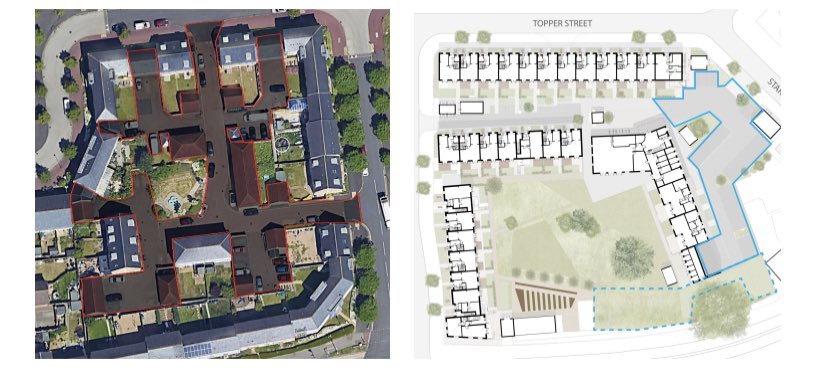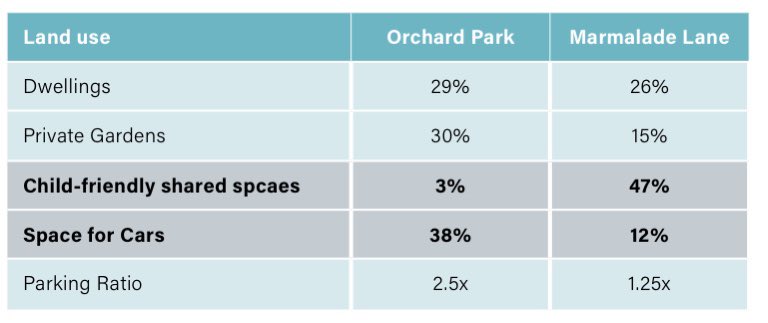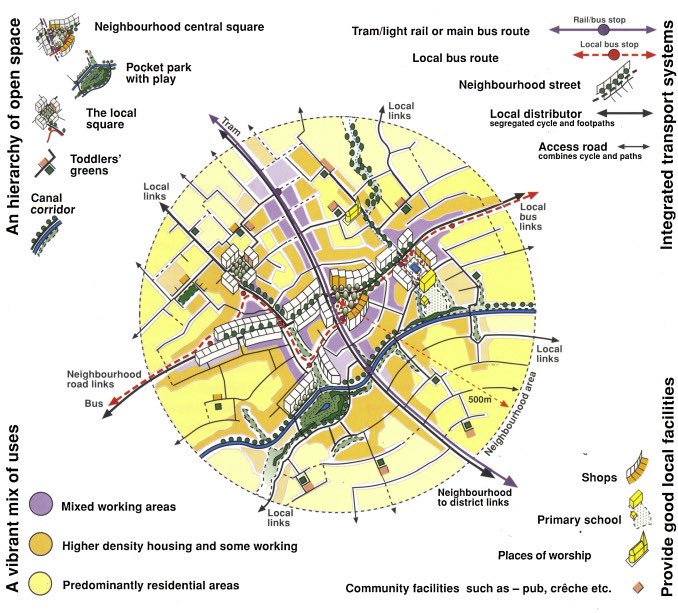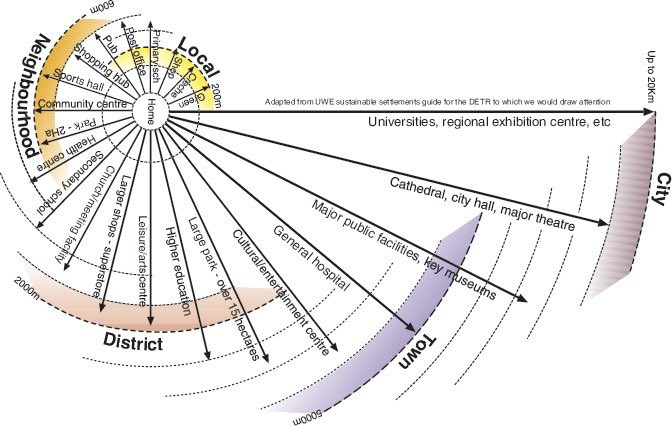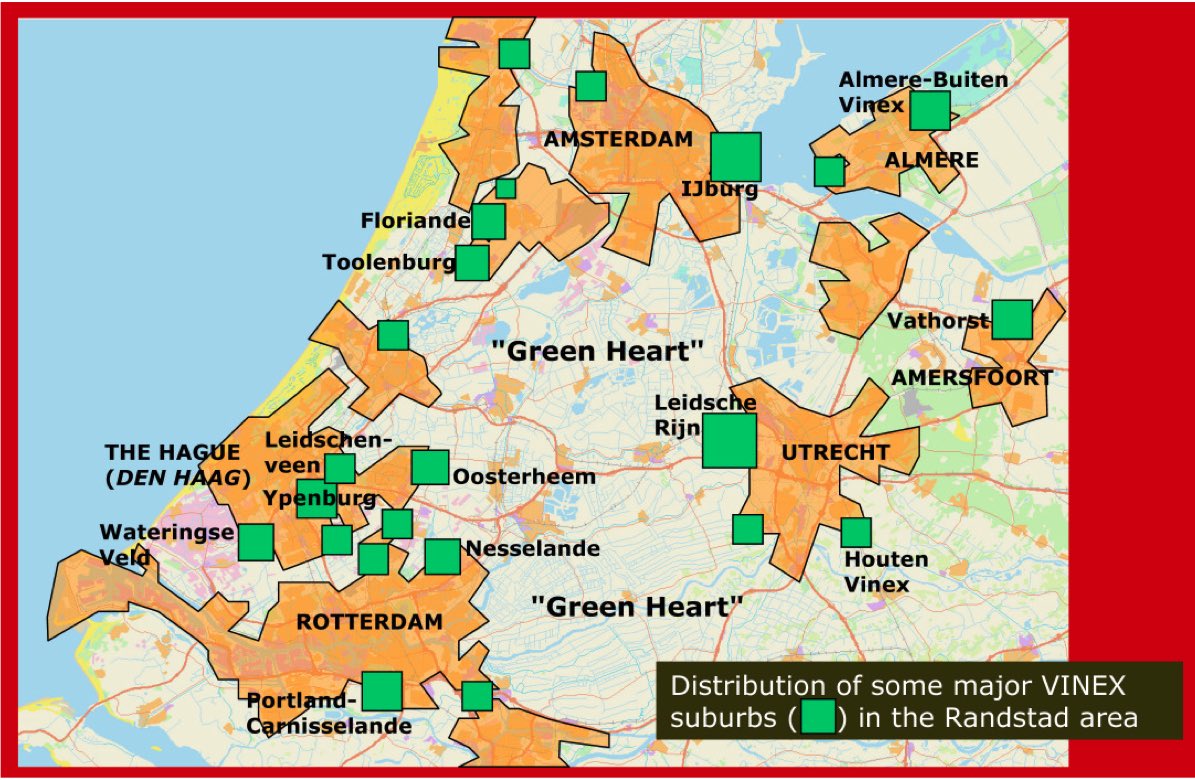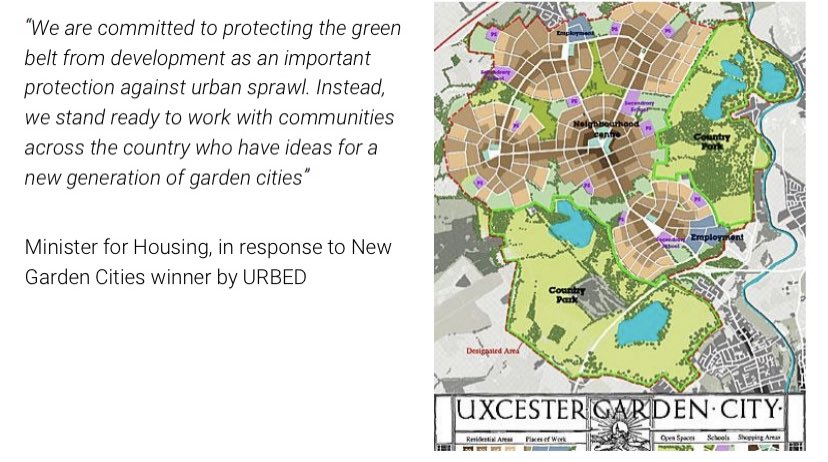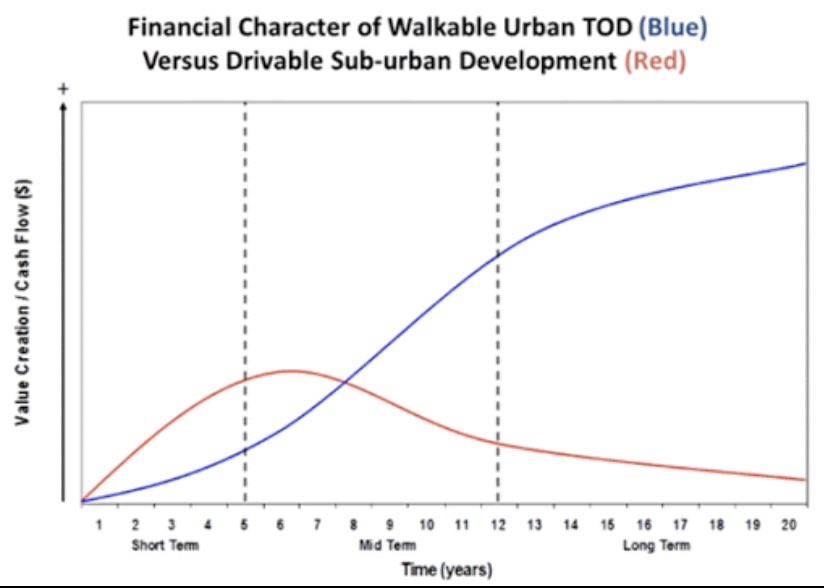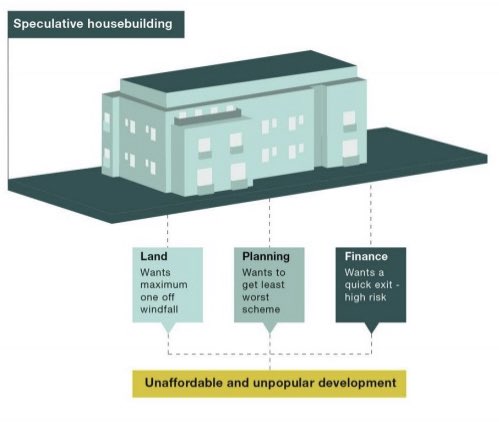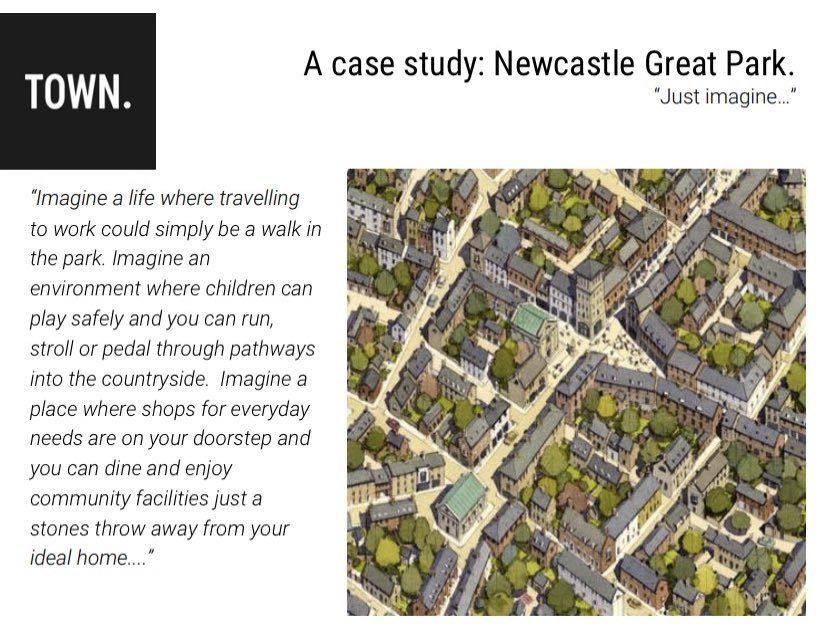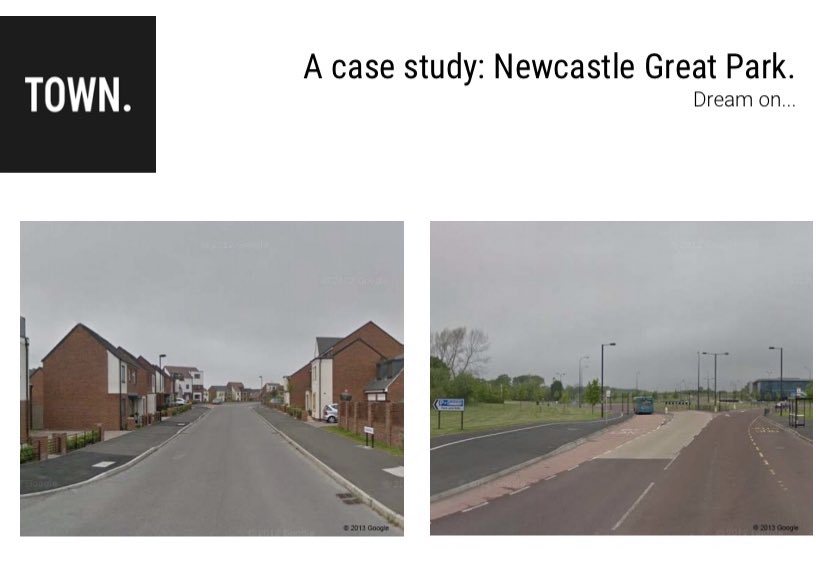This  https://abs.twimg.com/emoji/v2/... draggable="false" alt="👍" title="Thumbs up" aria-label="Emoji: Thumbs up"> diagram nails the problem with many ‘garden towns’. Poor location compounded by bad design. A thread by way of amplification. (1/) https://twitter.com/davewalker/status/1272830883205132289">https://twitter.com/davewalke...
https://abs.twimg.com/emoji/v2/... draggable="false" alt="👍" title="Thumbs up" aria-label="Emoji: Thumbs up"> diagram nails the problem with many ‘garden towns’. Poor location compounded by bad design. A thread by way of amplification. (1/) https://twitter.com/davewalker/status/1272830883205132289">https://twitter.com/davewalke...
To get good places, we have to reduce car-reliance. For that, places have to be externally well-connected, internally well-laid-out, and be of sufficient scale and density to sustain their own local services. (2/)
@WeTweetTOWN colleagues @JamesCox1994 and @JonnyAnstead analysed our Marmalade Lane project in Cambridge, with 1.25 spaces per dwelling, against a neighbouring block with 2.5spd. (Orchard Park, the ‘urban extension’, is pretty well located and laid out - perimeter blocks etc) 3/
And here’s the comparative land use budget. It really is ‘cars or kids’. And most ‘garden communities’ are much more isolated and remote. 4/)
‘Lessons from Cambourne’ is a seminal study of the chasm between vision and delivery in a new community and by the looks of it many new ‘garden communities’ are likely to follow similar paths (5/) https://www.carltd.com/sites/carwebsite/files/Lessons%20from%20Cambourne.pdf">https://www.carltd.com/sites/car...
The thing is, we *know* how to do this stuff properly. The Urban Task Force said it all 21 years ago, and the likes of @urbedtrust have been showing us for years how and why it’s done well on the continent. (6/)
But we are confounded, in my view, a complex of five main problems. First, we lack a national spatial strategy (at all, never mind with teeth) like the Dutch VINEX programme, which can properly link the development of new communities to economic development and infrastructure 7/
Second, attachment to the Green Belt as an urban containment strategy means we build settlements in suboptimal locations with high inherent travel demand. NIMBY capture of GB politics now prevents something like the Copenhagen green fingers plan for transit-linked corridors (8/)
Third, we lack reliable systems for forward-funding infrastructure and amenity, and treat leakage of planning gain to landowners as an alienable property right. Thanks to ‘best consideration’ rules, the public sector is as much a part of the problem as private landowners.(9/)
Fourth, our discretionary planning system couldn’t be better designed to be gamed by housebuilders to make things cheaper and worse if we tried. Here are two slides I use giving a practical example of how high-minded plans used to obtain planning give way to crap delivery (10/)
Fifth, we are wedded to an oligopolistic and speculative model of delivery in which residents are ‘punters’ about whose preferences white men in suits working in big housebuilders apply the same assumptions up and down the country: detached house, 2-3 cars, drive, garden. 11/
The problem with new ‘garden communities’, as @TfNHomes report shows, is that they’re expected to work within this complex of constraints not overcome it. Badly located, often housebuilder-led, councils desperate for unit numbers... the question is why *would* they work? (Ends)

 Read on Twitter
Read on Twitter